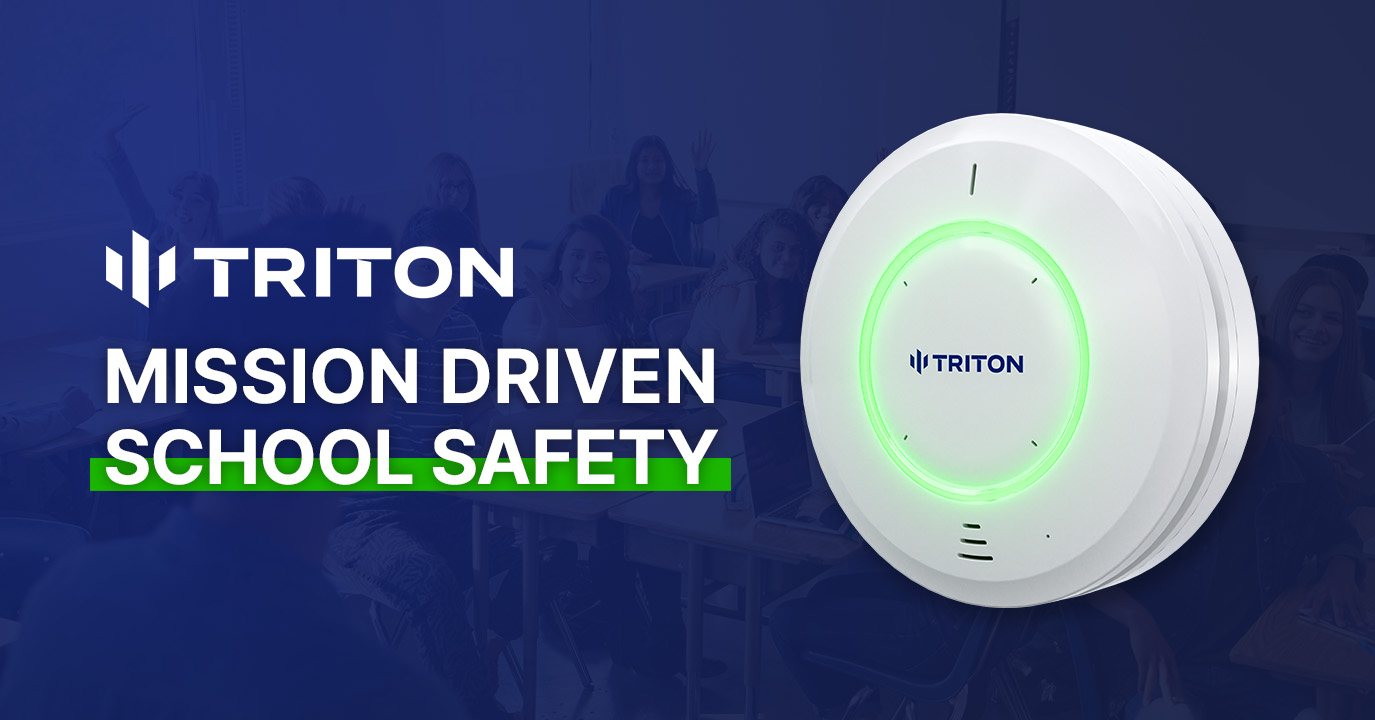The vaporization of schools was not a problem just a few years ago. Students would sneak into the bathroom between classes to inhale flavored THC and nicotine vapors. Administrators and teachers felt helpless until districts decided to implement the vape detection technology.
Today, schools all over the country are reporting major success stories that show how technology can change the vaping epidemic.
A Case Study: Reducing Vaping by 83% in 10 weeks
Luling Independent School district had a major issue with vaping. Despite repeated warnings and stricter rules, students continued vape in bathrooms and locker rooms. Smoke alarms that were traditional did not work against vapors, and the staff were unable to be everywhere at one time.

The department tested a variety of vape detection devices in March. The results were impressive. Within five weeks, incidents of smoking cigarettes had fallen significantly. In the 10 weeks following the vaping rate had dropped by an impressive 83%.
Administrators reported success that went beyond numbers. Teachers reported fewer interruptions, and students began to realize that smoking cigarettes will never be left unattended.
Similar success Similar Success Match Charter Schools
Match Charter Schools is another strong example. They had to fight back against smoking vapes in high and middle schools. The effects of the vape smoke detectors that they put in place in August was instantaneous.
In December, less than 4 months following the first report, the administrators announced an 80% drop in vaping-related incidents. Parents and students praised the school for taking concrete steps to protect students, while teachers noted a marked decrease in bathroom and hallway crowding.
These two districts illustrate what is becoming a growing pattern: schools that are embracing vape detection have seen tangible improvement in behavior as well as overall safety.
What Makes Vape Detectors So Effective?
This technology is the key to the results. Vape detectors of today don’t just sense vapor; it also measures air quality, monitors occupancy, and sends alerts in real time to the staff. Administrators no longer have to rely on guesswork, or reports made up of data that was gathered after the fact.
Detectors have also been designed with privacy as a priority. No cameras. No audio recording. There is no audio recording. Just instant, accurate data to assist schools in acting quickly and without violating student’s rights.
The combination of effectiveness with compliance, affordability and effectiveness makes vape detectors the best effective safety tool schools can apply today.
Beyond Vaping: A Wider Safety Net
What many managers do not realize is detectors aren’t only for vaping prevention. The most recent systems can detect loud noises, keywords which are connected to emergencies and vandalism.
For example, if a group of students starts lingering in the bathroom The detector will be able to detect an unusually high occupancy. Staff members can be immediately alerted if a person shouts out an emotional word such as “help”. Smoke detectors in schools could be part of a bigger strategy to address both potential violence and health risks.
Parents and Boards Support Vape Detectors
Transparency is an advantage which is often ignored. Schools that utilize detectors are able to create reports which clearly illustrate the current trends in smoking. These reports are available to community groups, school boards as well as parents to prove the effectiveness of the measures implemented.
Parents react positively, especially when they are able to see tangible results. A vape smoke detector isn’t just catching students it’s protecting their health and reinforcing the message that vaping has no place in schools.
The Recommendation: A Proven Path Forward
For years, vaping felt like an invisible battle that schools couldn’t beat. However, cases from districts across the country prove otherwise. Administrators are able to spot incidents and discourage risky behaviors in real-time using a vape detection device. This creates an environment that is more secure for students.
Vaping is still a concern but it’s evolving. Schools investing in vape detection technology aren’t just responding to an issue, they’re in the process of paving the way for better health for the future.
Conclusion
Technology is being used in schools from Texas up to Massachusetts. A modern vape detector does more than just sound an alarm. It transforms behavior which builds trust and provides a lasting solution to one of today’s most pressing problems for health of students. Vape detectors have become a norm in any school district that is concerned about security.

